In response to a San Mateo County grand jury report recommending that cities educate their riders about bicycles and collect more data, Traffic Safety & Parking Commission (TSPC) and Burlingame schools have each worked to create a safer experience for Burlingame bikers.
One of Burlingame’s main bike safety goals is to provide educational opportunities for bikers. The Burlingame school district seeks to educate their students through events like the district-wide Bike Rodeo at McKinley Elementary School on Saturday, Aug. 13.
“That’s where all elementary school students from the district are invited to learn about and practice bicycle safety,” Burlingame Police Sergeant Jason Roberts said. “They bring their bikes, and they get taught how to ride and how to be safe on the road, and they actually set up a little miniature town to practice bike safety and follow the rules of the road.”
The Burlingame Police Department also seeks to inform the general public and recently started giving safety presentations in the Burlingame Community Center.
“The goal of the presentation that we just put on [last month] and the one that we plan to do again in November is to provide information to people of all ages to educate them about bicycle pedestrian safety,” Roberts said. “We recognize [the growing concern of e-bikes], so a portion of that presentation does specifically address electric bicycles. Obviously students of any age, high School and below, are welcome to attend.”
Burlingame’s new initiatives must also account for the recent uptick in popularity of electronic bikes, or ebikes. All bikes have to follow the same laws as motor vehicles, but e-bikes have additional classifications and regulations. More specifically, Class 1 and Class 2 e-bikes can go up to 20 mph and ages 17 and under must wear a helmet while riding. Their more powerful counterpart, the Class 3 e-bike, reaches speeds of 28 mph and is only legal for riders who are 16 or older and wearing a helmet.
“The bicycles have to be labeled Class 1, 2 or 3,” Roberts said. “[Electronic] bicycles that are not labeled as bicycles have been modified, or really aren’t bicycles at all. They’re more like electric motorcycles cannot be ridden on a city street or bike path. That’s not legal. So we would [pull them over] if we find someone riding those, and there could be consequences like receiving a citation.”
It has proven hard for police to distinguish between various classes of bicycles and apply their respective rules from afar.
“Obviously, it’s difficult when they’re riding down the street, but when we come into contact with someone on one of these bicycles, we can check the classification,” Roberts said. For instance, if somebody’s not wearing a helmet or riding down the sidewalk in a business area, which is not allowed.”
In addition to the difficulty of enforcing regulations, the possibility of some e-bikes going up to 28 mph worries many. TSPC chair Lynn Israelit fears that many younger kids are not able to understand the risks of riding fast on the road.
“I personally know three people who have had brain damage from accidents on bicycles when they were still wearing a helmet, so [helmet wearing] is something that I take very seriously,” Israelit said.
Israelit believes the most effective way to educate children is through positive peer pressure.
“It’s peer pressure and education that can make the biggest change because when it’s handed down from above by parents, or police, you don’t necessarily listen as much as you listen to your peers,” Israelit said. “So I think all of you guys can make the biggest change in helping your fellow students be as safe as possible.”
In addition to educating the public about the safety of bikes and e-bikes, Burlingame also hosts various forums to discuss bike safety, including the TSPC and the bicycle pedestrian advisory committee. Specifically, Israelit pointed to the city’s efforts to increase bike lanes and accessible bike routes in accordance with Burlingame’s 2020 “Bicycle and Pedestrian Master Plan.”
“As a city that’s what we’ve been working on, trying to institute bike boulevards, safe routes to school for bikers, and new bike lanes like the one that they’re putting in now on California,” Israelit said. “Our goal is to have this safe passage all the way down to Burlingame Avenue and, so we’re hoping that by building safer routes, we can encourage more bike riding.”
Junior Anders Gauthier, who works at local bike store Summit Bicycles, has noticed the benefits of the new bike lane.
“I think the new bike lane on California Drive is going to be really good for a lot less collisions,” Gauthier said. “I’ve seen multiple cars hitting bikes and things like that just in front of the shop because we’re in California, but now it’s much safer and I can tell people use the bike lane. I think the riders need to be educated and know, pretty much common sense-wise, not to ride into oncoming traffic, not to cut off cars and stuff like that, because I see that a lot now.”
Overall, various organizations in the city of Burlingame have worked harmoniously in order to achieve a safer and more accessible biking experience.
“I think we need to try and make the road safer for everyone out there,” Roberts said. “Whether that’s pedestrians, bicyclists, or drivers. I think that anything that promotes safety is worthwhile.”


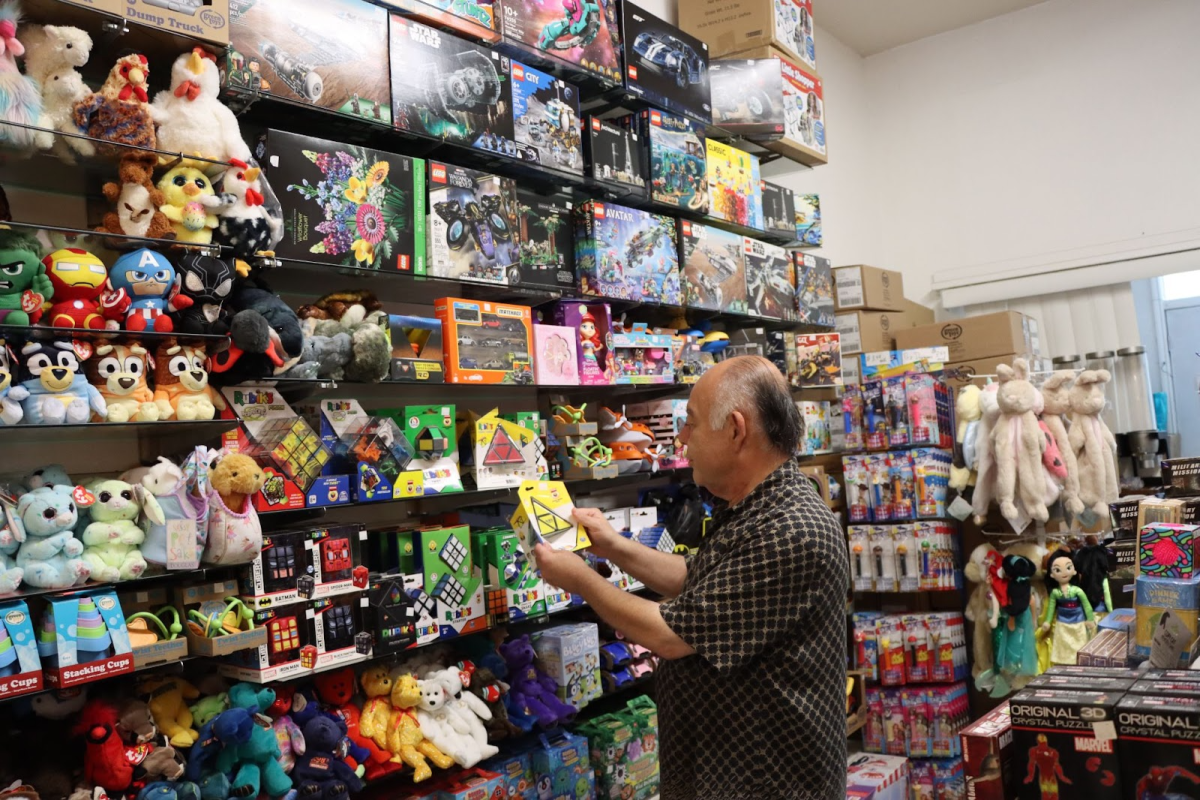
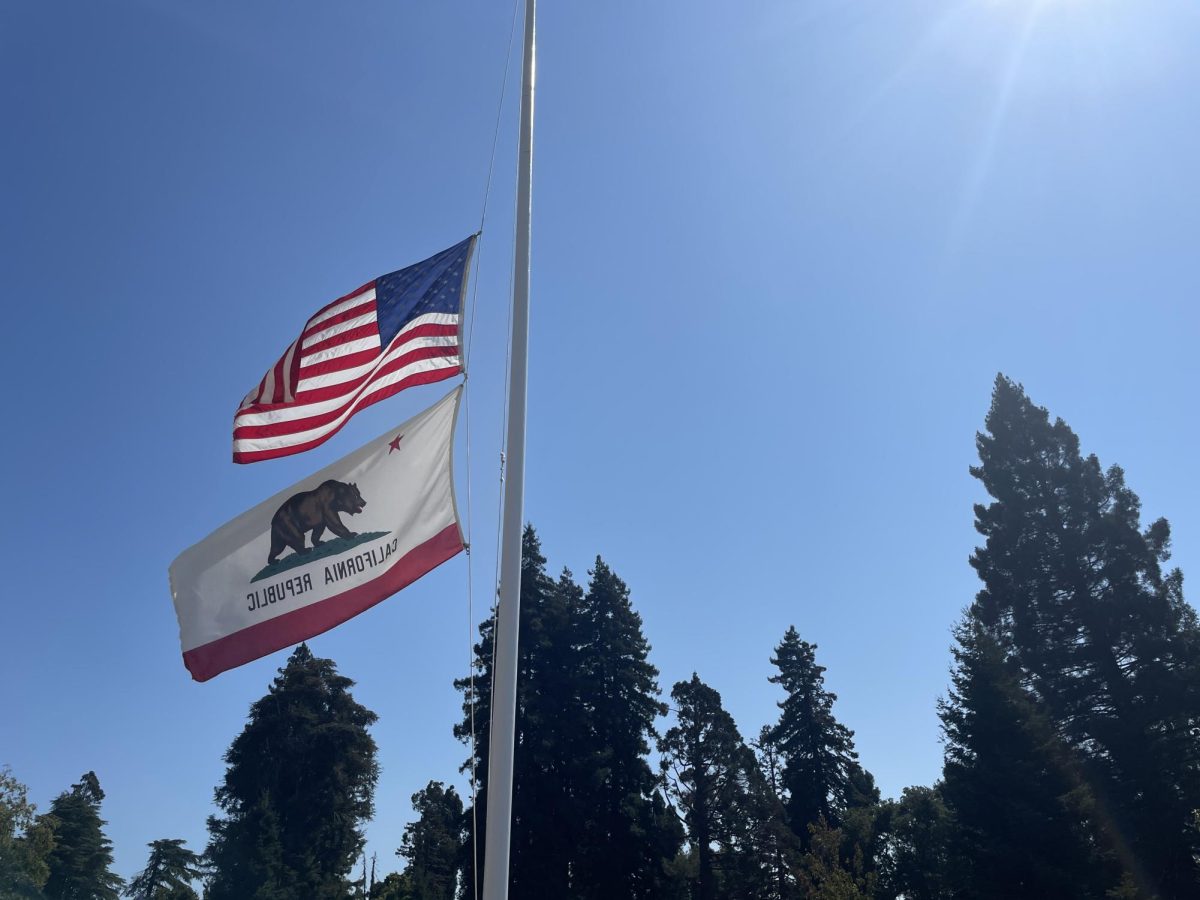
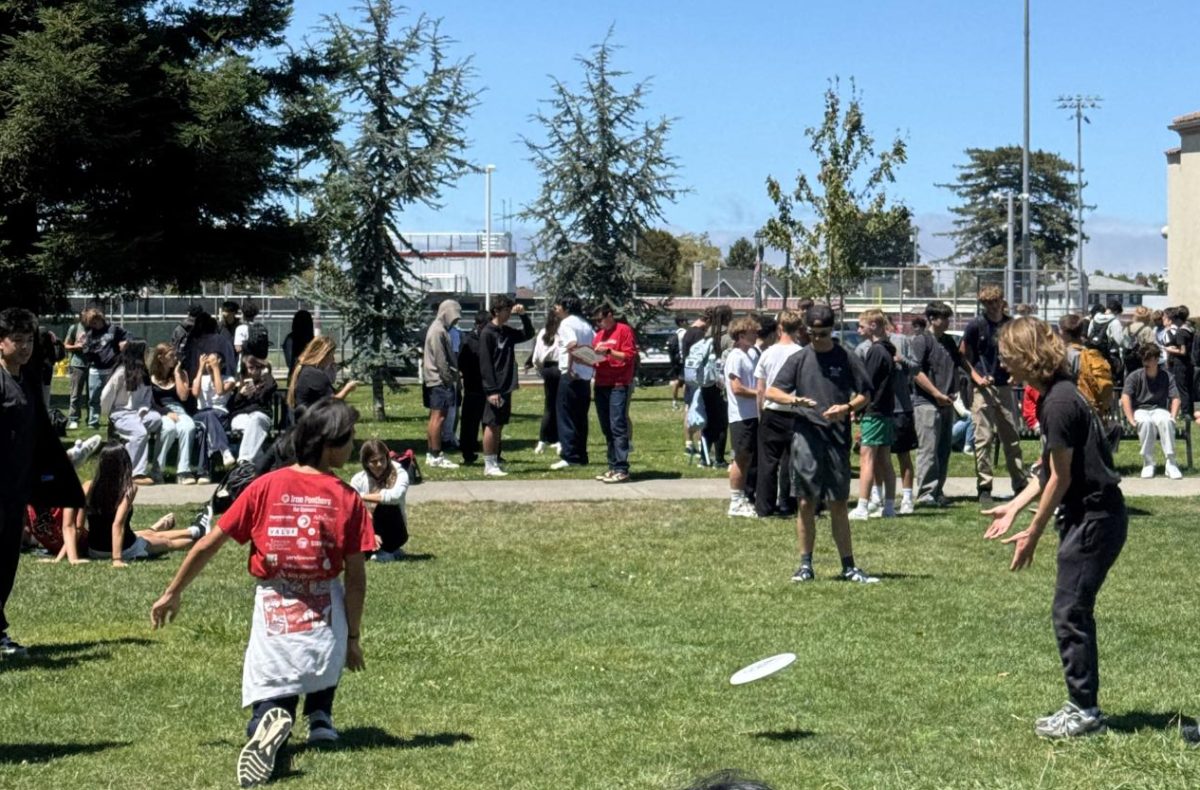
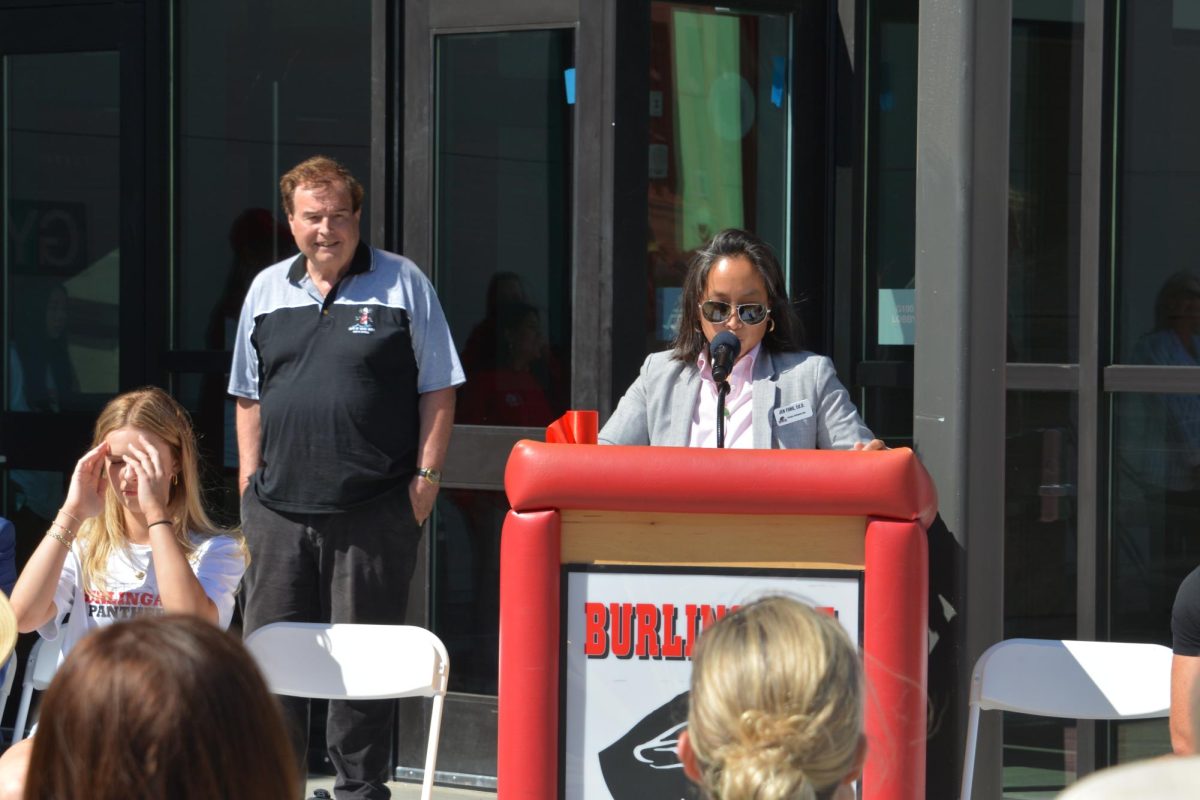

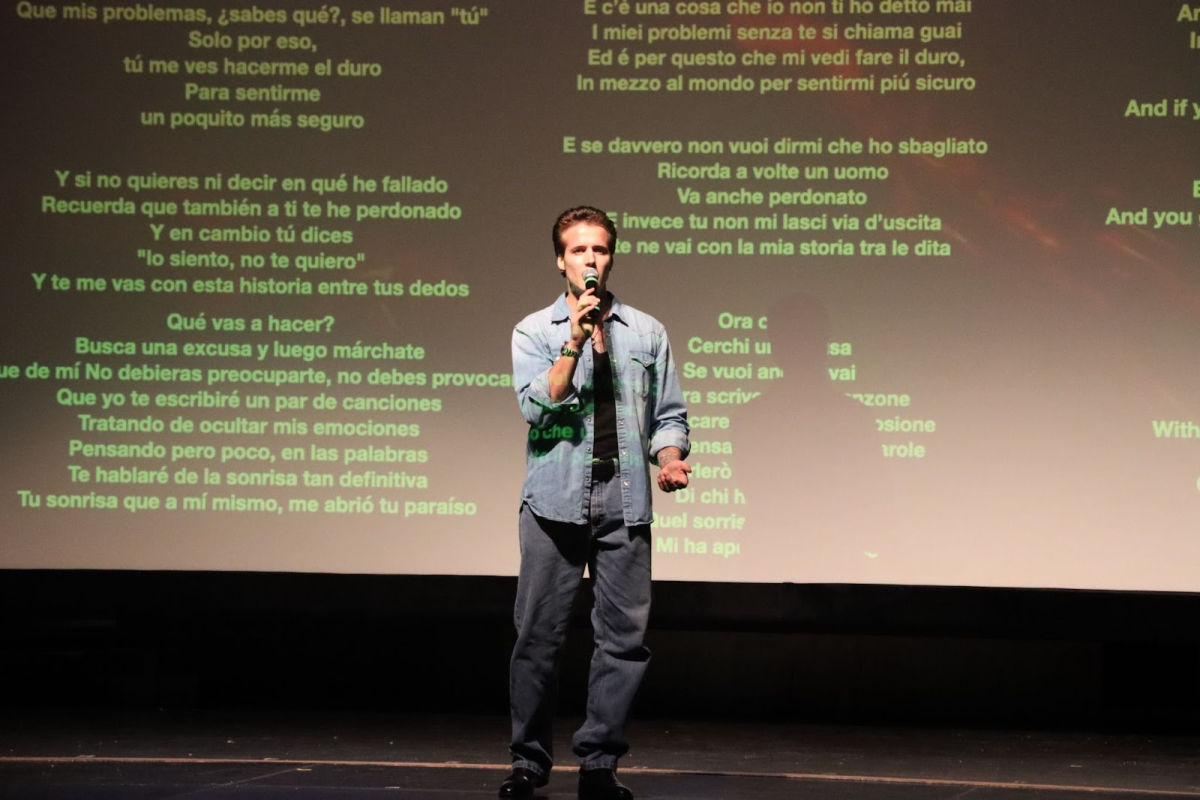


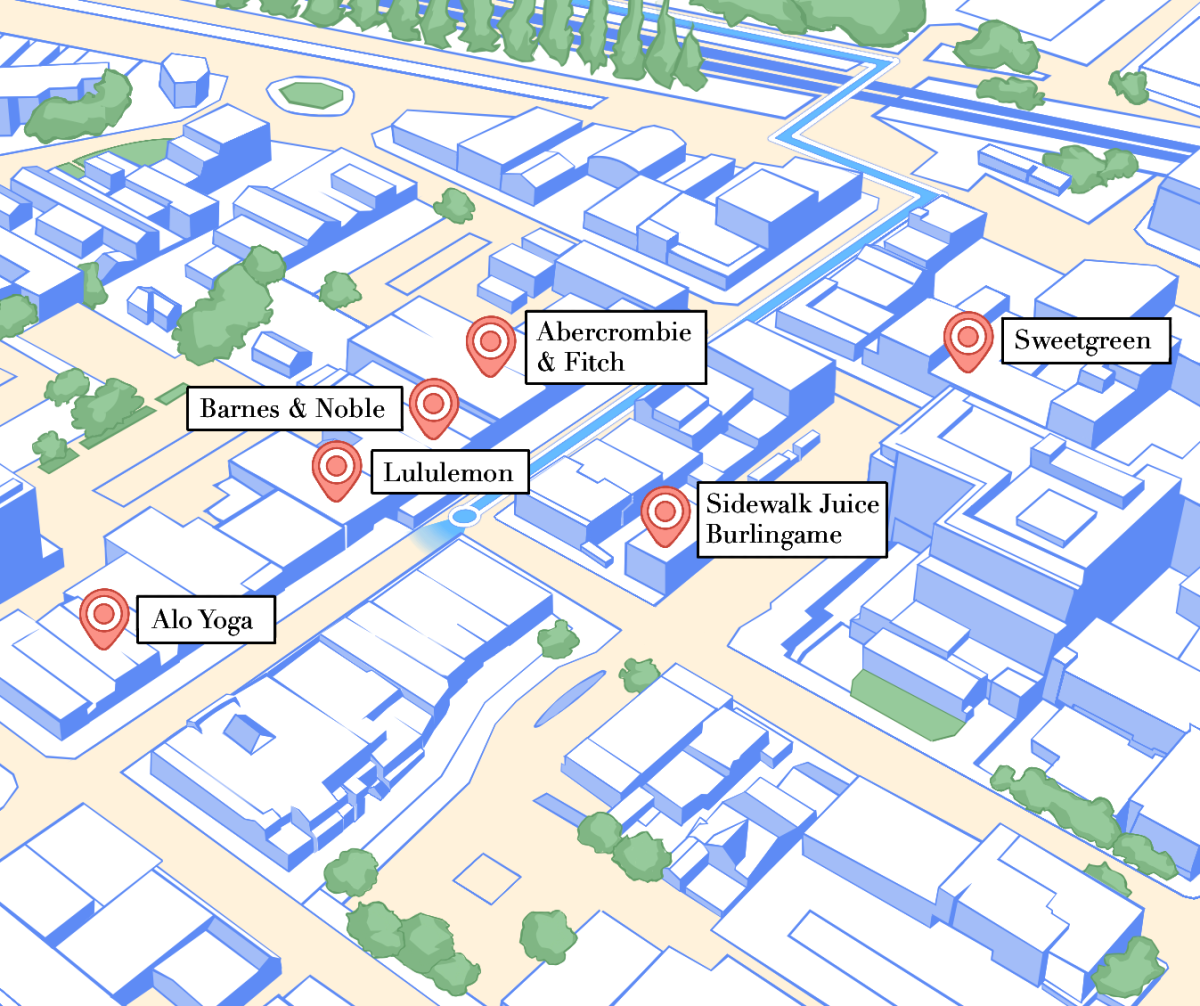




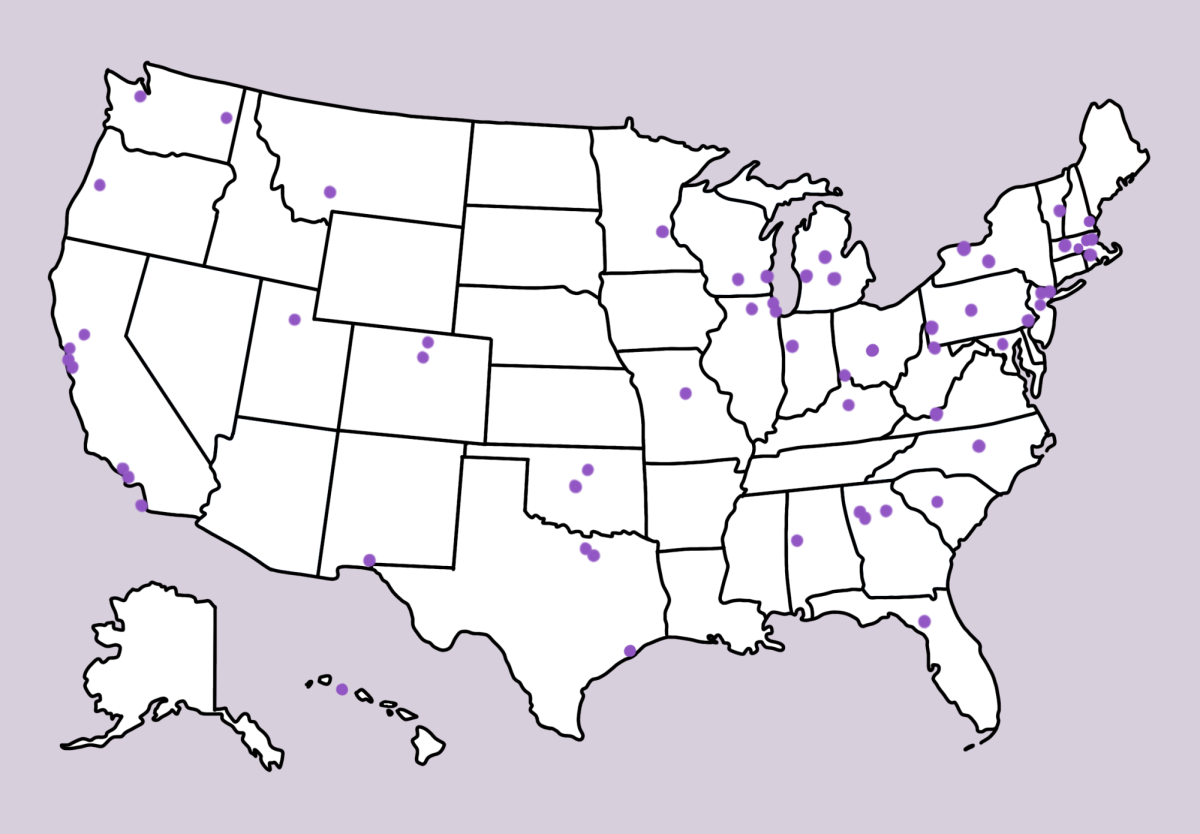




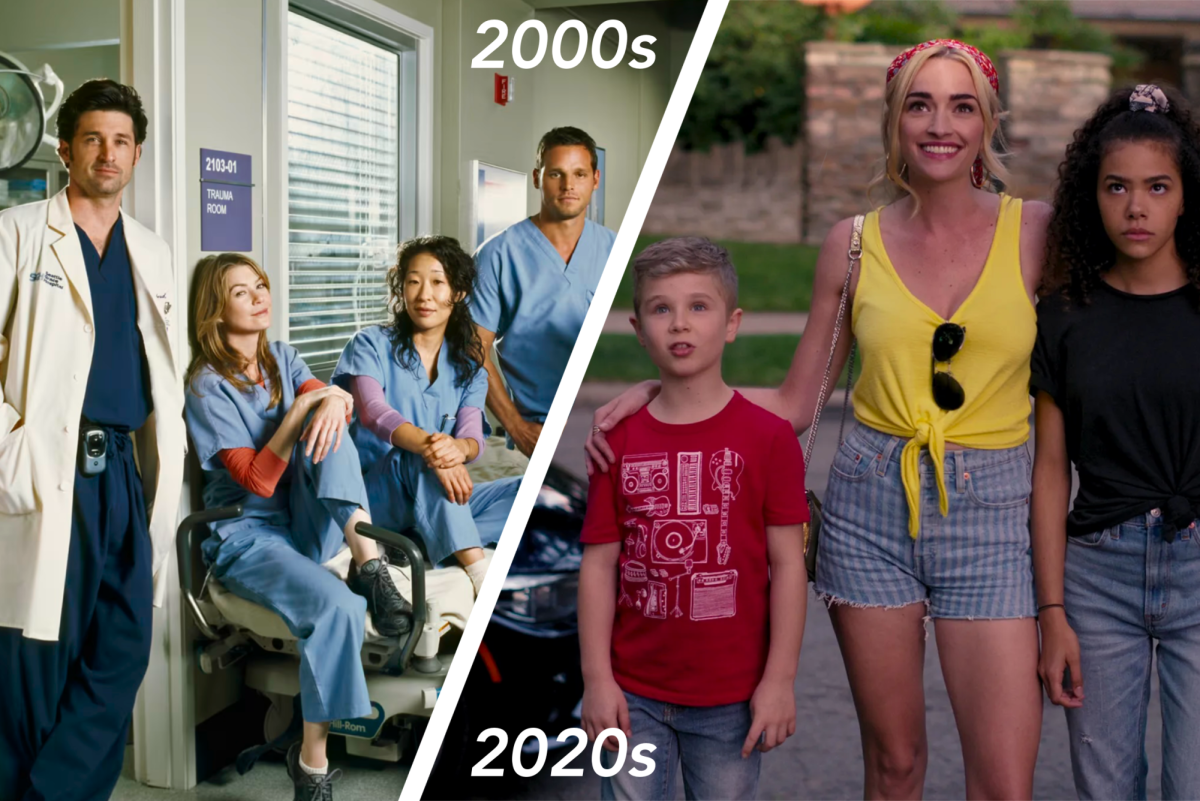








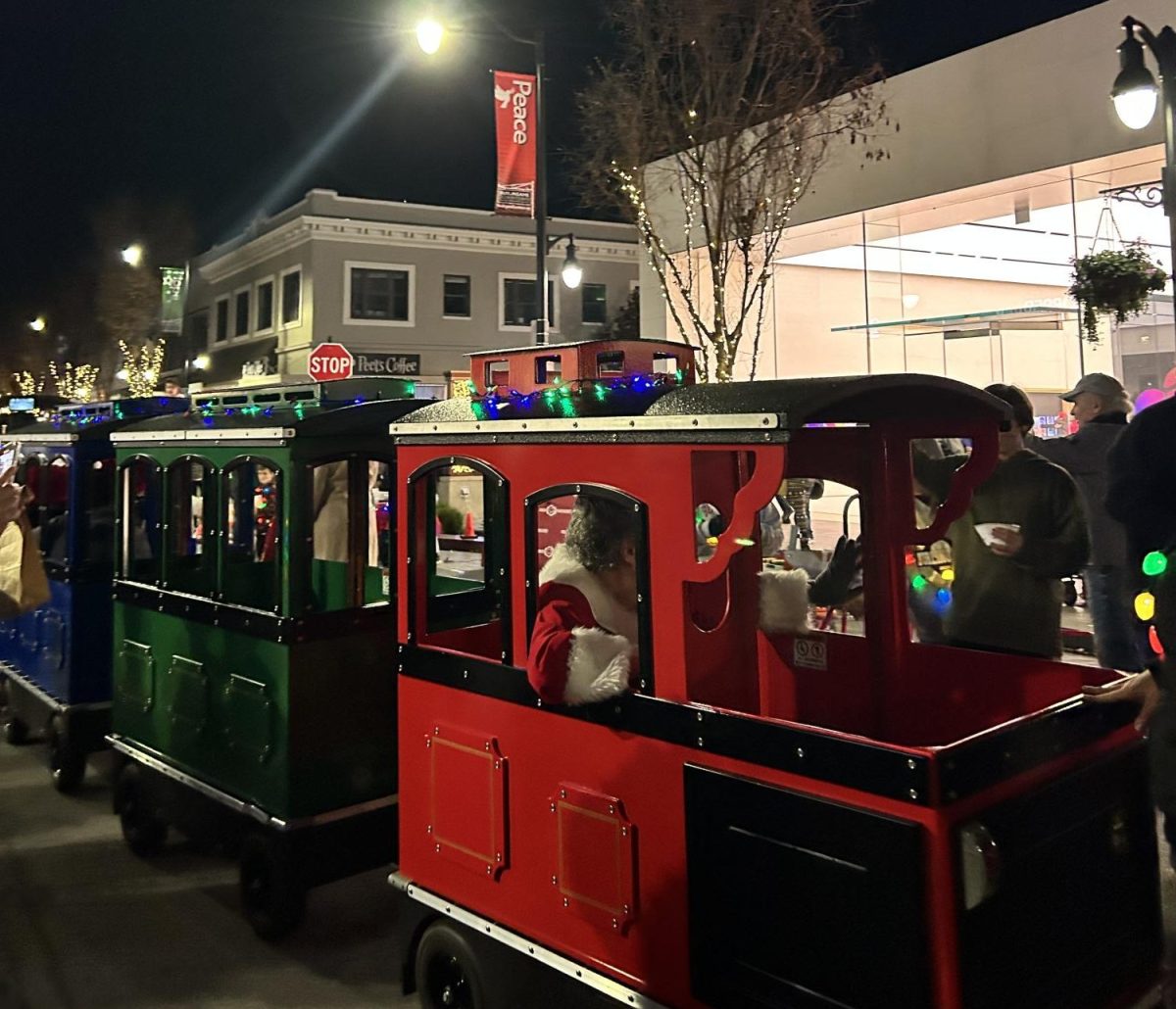











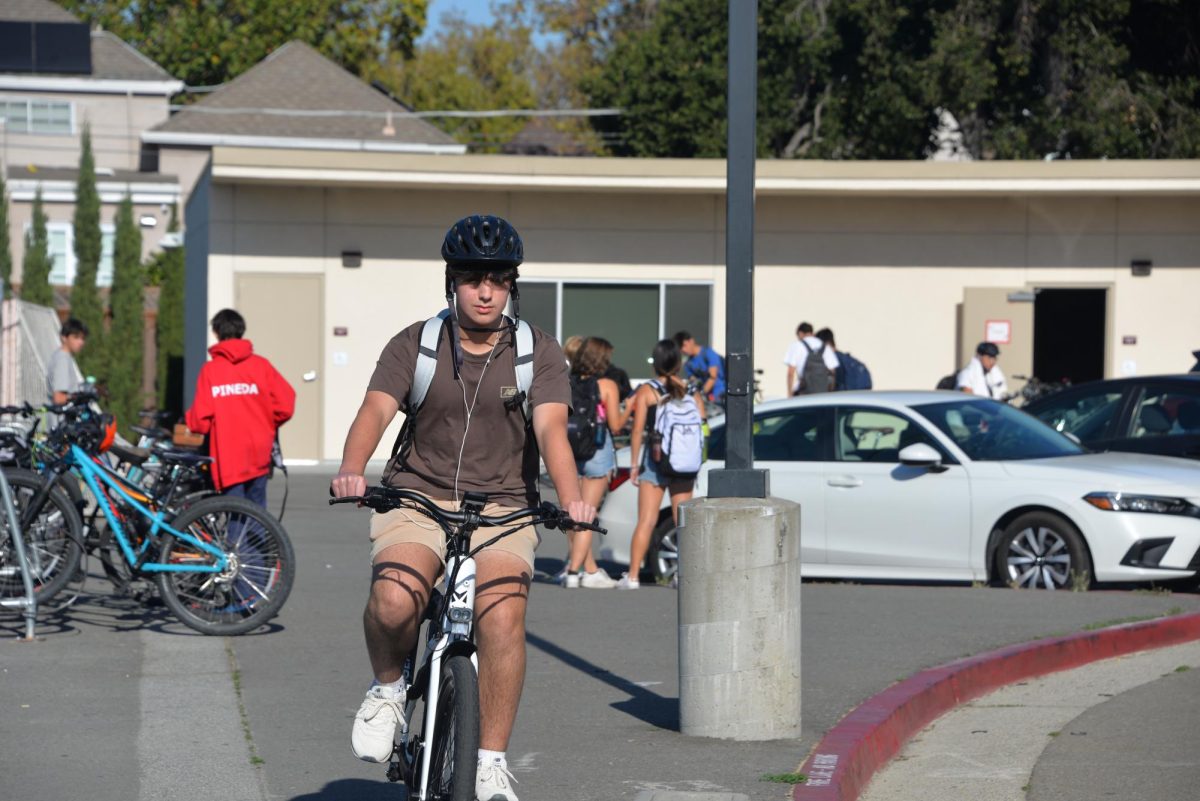







Jack Meoff • Oct 26, 2023 at 8:23 pm
This great. However. The bike lanes on California drive are an absolute disaster and someone is going to get seriously hurt. I’m sure I’m not alone.